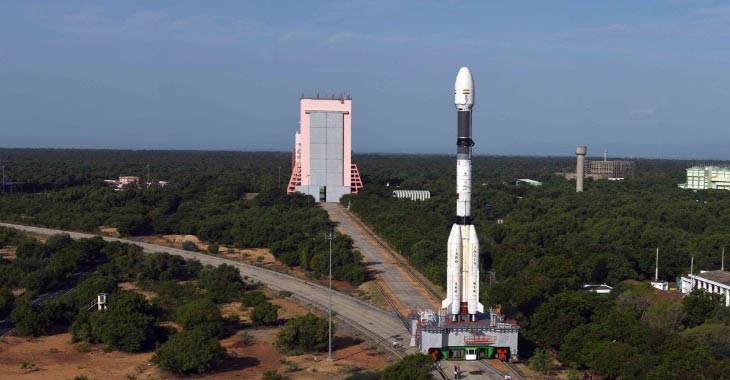The launch of the Gaganyaan test flight for the crew escape system abort demonstration (TV-D1) from the Sriharikota spaceport in Andhra Pradesh on Saturday morning faced an unfortunate setback. The Indian Space Research Organisation (ISRO) later released a statement confirming the anomaly and revealing that corrective measures were being taken, with plans for a rescheduled launch at 10 am on Saturday.
In a live telecast from the launch center, ISRO Chief S Somanath addressed the situation, stating, “The liftoff attempt of TV-D1 could not happen today. Initially, the launch was scheduled at 8 am. There was a postponement of liftoff time to 8.45 am due to the weather situation. We had a very smooth automatic launch sequence leading up to the command to lift off. But the engine ignition has not happened in the nominal course. We have to find out what went wrong. The entire vehicle is very safe. We have to reach the vehicle and find out what has happened now.”
The test flight on Saturday marked the first unmanned test flight for Gaganyaan, which is India’s ambitious first manned space mission.
The Gaganyaan project aims to showcase India’s capability for human spaceflight by launching a three-member crew into a low earth orbit of 400 km for three days and ensuring their safe return with a planned splashdown in the Indian Ocean.
The Gaganyaan crew module is designed to provide astronauts with pressurized, earth-like atmospheric conditions. TV-D1, the test vehicle, features an unpressurized version that has successfully undergone integration and testing. Following splashdown in the Bay of Bengal, the crew module will be recovered by an Indian Navy diving team.
TV-D1 is a single-stage liquid rocket and carries the crew module, escape systems equipped with fast-acting solid motors, crew module fairing, and interface adapters, according to ISRO. The primary objective of this test flight was to simulate the abort condition during the ascent trajectory corresponding to Mach 1.2, an essential aspect of the Gaganyaan mission.
Subsequently, an autonomous abort sequence was intended to commence, including the separation of the crew escape systems, parachute deployment, and the safe touchdown of the module approximately 10 km off the coast of Sriharikota.
The crew module had previously undergone extensive electrical and acoustic tests at ISRO’s facility in Bengaluru. It was transported to the Satish Dhawan Space Centre on August 13, where further testing and pre-integration with the crew escape system took place before the final integration with the test vehicle at the launchpad.
The successful execution of this test flight was a crucial milestone for the Gaganyaan program. It was expected to pave the way for remaining qualification tests and unmanned missions, ultimately leading to India’s first manned space mission.
Exciting news! We’re now on WhatsApp Channels too. Subscribe today by clicking the link and stay updated with the latest insights in the startup ecosystem! Click here!

